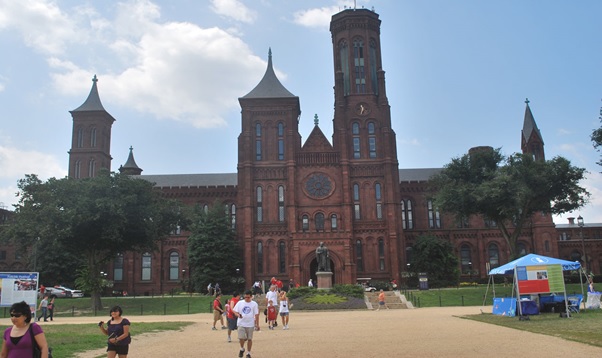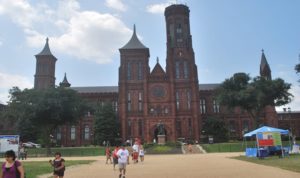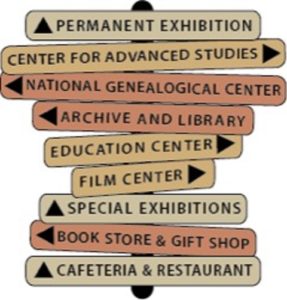
Components of the National Museum of the American People will be focused on discovering and disseminating information about the making of the American People and their contributions to the nation and to the world. These components, some of which will be sources of income for the Museum, will combine to create a major new national institution that can unify our nation and propel it as a force of good in the world.
At the core of the Museum will be its Permanent Exhibition telling the central story of peoples coming from every corner of the world and becoming Americans. That story begins with the first humans in the Western Hemisphere and continues through today. It includes every ethnic, nationality and minority group in our nation.
To more deeply understand and disseminate that story the museum will house a variety of major components. These could include:
1) CENTER FOR ADVANCED STUDIES OF THE AMERICAN PEOPLE
The Center for Advanced Studies of the American People is envisioned as a major academic institution housed in the Museum. In addition to conducting and supporting scholarly research, the Center could publish a scholarly journal and relevant articles as well as sponsor seminars, conferences, workshops, courses and lectures to advance knowledge in this field. Although the Center could maintain a core staff of scholars, it could also sponsor a scholars-in-residence program and create affiliations with colleges, universities and related research institutions.
2) NATIONAL GENEALOGICAL CENTER
The National Genealogical Center could be a national repository of genealogy information where Museum visitors – and others online – would have an opportunity to gather information about their ancestors as well as about the descendants and antecedents of famous Americans.
The Museum could also explore having visitors participate in a DNA contribution program that could enable researchers to trace a person’s migration patterns.
3) ARCHIVE AND LIBRARY OF AMERICAN MIGRATION AND IMMIGRATION
The Museum could incorporate an archive and library of American migration and immigration within the Museum. It could have one of the premier holdings of books, maps, documents, photographs, oral histories, film and video, music, art and other publications and information that touch on the subject matter of the Museum. It could work in concert with the Library of Congress and the National Archives on this component.
4) EDUCATION AND RESOURCE CENTER
The Museum’s Education and Resource Center could have a two-pronged mission: to teach the story of the American people to students visiting the Museum, and to foster the teaching of that story in schools throughout the nation and the world.
5) SPECIAL EXHIBITIONS
Several spaces within the Museum could be designated for special exhibitions. These exhibition spaces could allow the Museum to explore selected permanent exhibition subjects in more depth. The special exhibitions could also present contemporary issues, art, new discoveries and stories about peoples not covered in the Permanent Exhibition.
6) TRAVELING AND ONLINE EXHIBITIONS
Special portable exhibitions of different sizes and scopes could be prepared for exhibition at museums and other public spaces throughout the United States and the world. The Museum website could incorporate a variety of online exhibitions even as the Museum is under construction.
7) FILM CENTER
Complementing the research center, the Museum’s film and video library could include documentary and fictional productions encompassing all aspects of the Museum’s story. The Museum could maintain a regular movie schedule in a state-of-the-art movie theater and could study the feasibility of including an IMAX-type theater.
8) COLLECTIONS
The Museum could endeavor to gather significant authentic objects from throughout the world to help tell its story. These artifacts could come from gifts and donations from individuals, museums and other institutions, and other nations, as well as from long-term loans from various institutions. Selected objects from the collection would help the Museum tell its story. As in other museums, a relatively small share of its collections would be on display at any one time. A secure off-site facility might be required to store these objects. Curators there would be able to research, catalog, authenticate and preserve these objects for posterity, future study and display.
9) PEOPLING OF AMERICA CENTER
A Peopling of America Center could study sites throughout the nation where events of significant migration and immigration history took place and, in conjunction with the National Park Service, designate such sites as Peopling of America national historic landmarks.
10) PUBLIC PROGRAMS
Two theaters, one large and the other smaller, could be housed in the Museum to accommodate a variety of public programs including lectures, films and a range of performances and productions touching on histories and cultures reflecting the diverse audiences of the Museum’s constituency.
11) RESTAURANTS
The Museum could explore including restaurants for the public. A food court, specializing in relatively inexpensive authentic foods from throughout the world and nation, would be able to serve visitors to the Museum. In addition, a separate Museum destination dining room could offer premium meals from different parts of the world and could feature visiting foreign and regional chefs.
12) BOOK STORE AND GIFT SHOP
Popular and recent books and videos relating to the Museum’s subject as well as posters, photographs, CDs, DVDs, digital content, replicas of Museum artifacts and a variety of other appropriate gifts and souvenirs fitting a range of tastes and budgets could be sold at the Museum’s book store and gift shop.
This blog is about the proposed National Museum of the American People which is about the making of the American People. The blog will be reporting regularly on a host of NMAP topics, American ethnic group histories, related museums, scholarship centered on the museum’s focus, relevant census and other demographic data, and pertinent political issues. The museum is a work in progress and we welcome thoughtful suggestions.
Sam Eskenazi, Director, Coalition for the National Museum of the American People


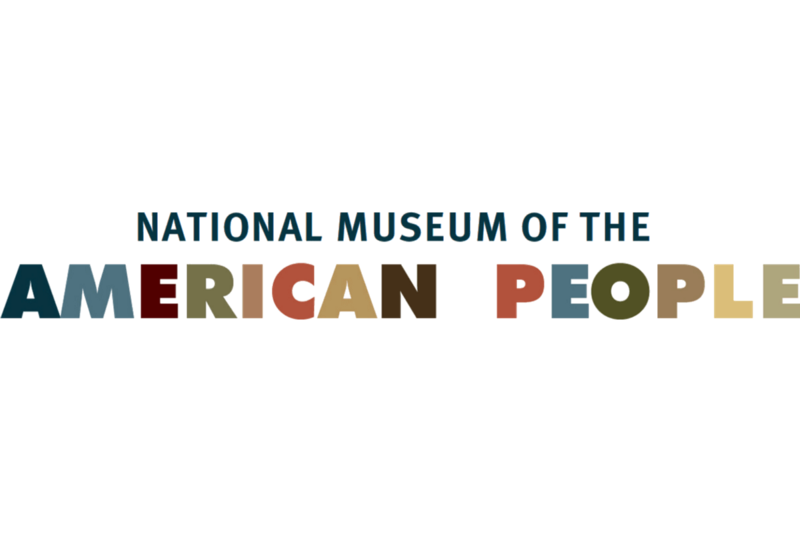



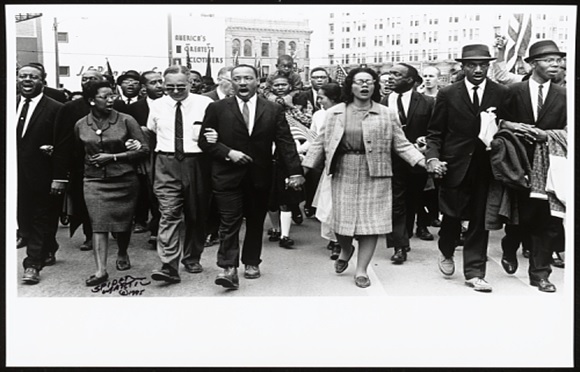



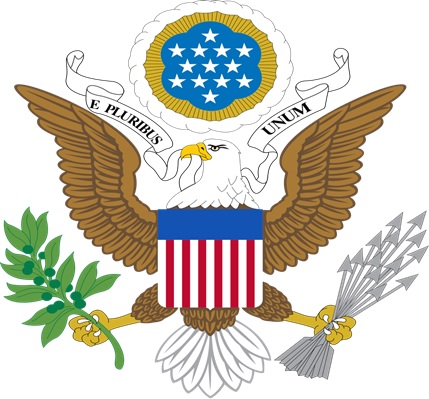
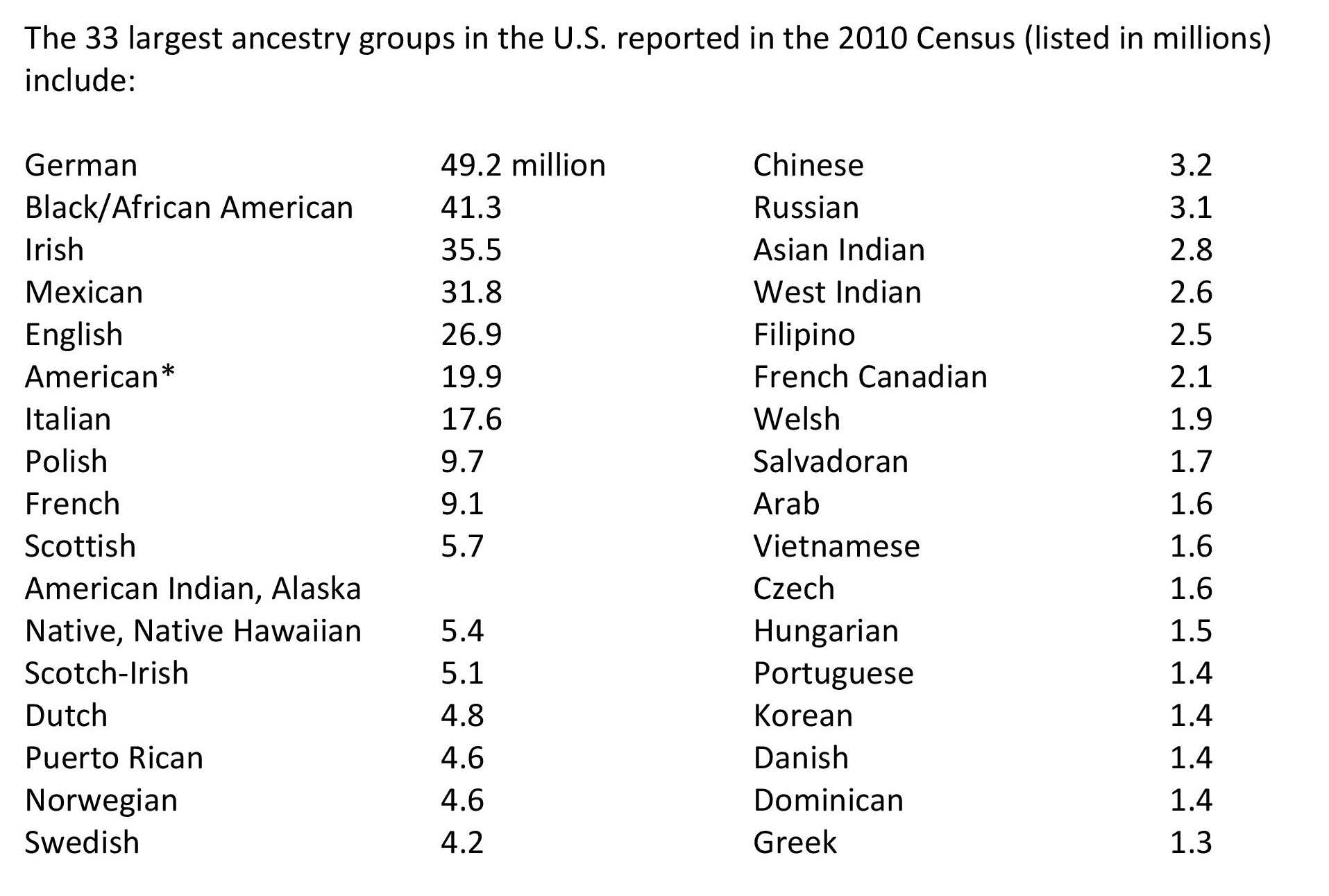 * Generally, people who put down “American” on the Census form have ancestors who came from England, Scotland, Ireland and Germany during the 17 and 18th centuries. They and their descendants thoroughly intermingled and 200 years later they describe their ethnicity as American.
* Generally, people who put down “American” on the Census form have ancestors who came from England, Scotland, Ireland and Germany during the 17 and 18th centuries. They and their descendants thoroughly intermingled and 200 years later they describe their ethnicity as American.